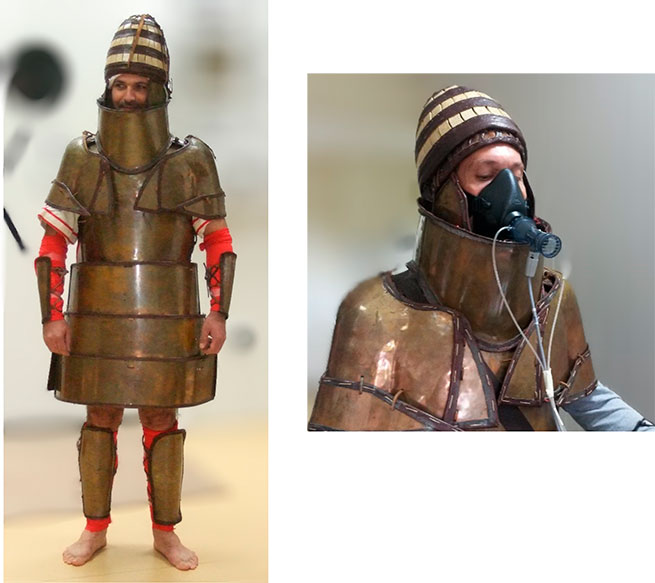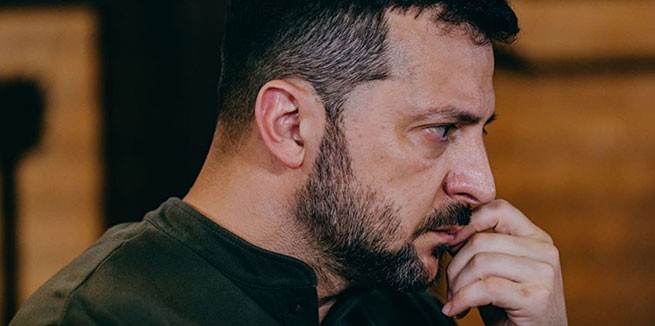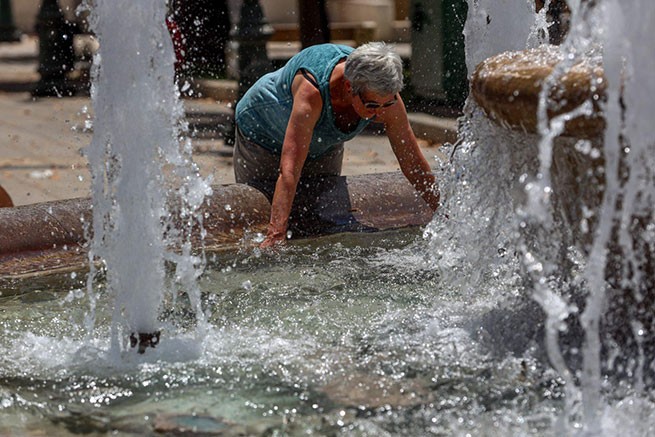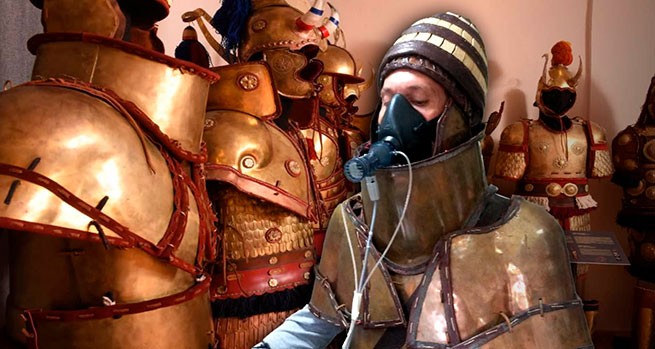The impressive discovery was made by the University of Thessaly after conducting a detailed and specialized study in which trained Greek marines donned an exact replica of the bronze armor created by the Mycenaean Greeks 3,500 years ago, following a rigorous battle simulation protocol.
According to the results of the study, the armor proved to be highly operational, functional and effective in real combat conditions and is considered an impressive technological achievement of its time.
The research results were recently published in a prestigious international scientific journal
The results showed that the armor could be used on the battlefield and was not simply ceremonial armor as originally thought. “The best-preserved and nearly complete example of full armor from the Mycenaean period, consisting of hammered copper plates and dating from the 15th century BC, was found in the village of Dendra in Argolid by Swedish and Greek archaeologists in May 1960. However, from the very day of its discovery, experts have been occupied with the question: was it used only for ritual purposes or was it also intended as an effective military tool? The lack of a documented answer still limits a full understanding of the conditions that prevailed in the warfare of this period that defined the social transformation of the prehistoric world.”says Dr Ken Wardle, professor of archeology at the University of Birmingham (England) and member of the research team, to the Athens-Macedonian News Agency.
Armor used by the ancient Greeks in the 15th century BC
Emeritus Professor and initiator of the study, Dr. Yiannis Koutedakis, emphasized in an interview with RES-MPA: “Answering the above question required an innovative collaboration between two seemingly unrelated sciences – archeology and sports physiology – to accurately assess the stress placed by armor on bodies and biological functions volunteers. The findings challenge the previously held view that armor was simply ceremonial costume, largely due to its supposedly bulky design, and thus shed light on an important aspect of the Bronze Age in Greece and the Eastern Mediterranean in general. In addition, the results obtained demonstrate the potential for collaboration between different disciplines. I hope that the new specialty that has been created – “archaeophysiology” – will become a conductor of new research in the future.”
Prof. Dr. Andreas Flouris, who led the entire work, explains:
“The replica armor used in our study had the same dimensions and weight as the originals. Our volunteers strictly followed the “Homeric diet” of approximately 4,500 calories, based on the corresponding descriptions in the Iliad. During the 11-hour combat protocol, which was also developed based on the corresponding descriptions from the Iliad, we measured the energy expenditure and stress on the body of volunteers at temperatures of 30-36 degrees Celsius, typical of the summer period in Greece at the end of the Bronze Age. We measured heart rate, energy expenditure, body temperature, fluid loss, muscle function and hematological parameters. Stavros Petmezas and Panagiotis Asimoglu, members of the scientific team, told APE-MPA that “in no case was there any malfunction of the armor associated with the movements of the volunteers or excessive strain on their body. Thus, more than 60 years after its discovery in the village of Dendra in Argolid, we can say with confidence that the specific armor not only allowed the Mycenaean fighter to perform all the necessary movements, but also protected him from enemy attacks. attacks“

“The technology developed by the Mycenaeans to make armor effective in combat explains, at least in part, their strong presence in the eastern Mediterranean. Only such a powerful military force as the Mycenaean one could, for example, resist the Hittites (who in the second half of the 2nd millennium BC dominated from Asia Minor to Mesopotamia) and win their respect, as the records of the latter show.” says archeology professor Dr. Ken Wardle.
Finally, we note that “Our findings weaken the theory that references to bronze armor in the Iliad are later additions and strengthen the view that the technology existed long before the Trojan War.”concluded the professor of archeology.
*The authors thank the retired general. and the Honorary Chief of the General Staff, Mr. Alkiviadis Stefanis, Lieutenant General (ret.) and the Honorary Director of the Third Army Corps, Mr. Dimitrios Bikos, Lieutenant General (ret.). and Honorary Commander of the 98th ADTE, Mr. Dimitrios Tsipidis, as well as all volunteers of the 505th Marine Battalion for their unconditional support in completing the study.
The study is dedicated to research team member Diana Wardle, who did not see it published.







More Stories
Six Greek high school students win medals at International Mathematical Olympiad
Olympic Games: Greek Delegation Athletes Head to Paris
Big "police purge" on Athos